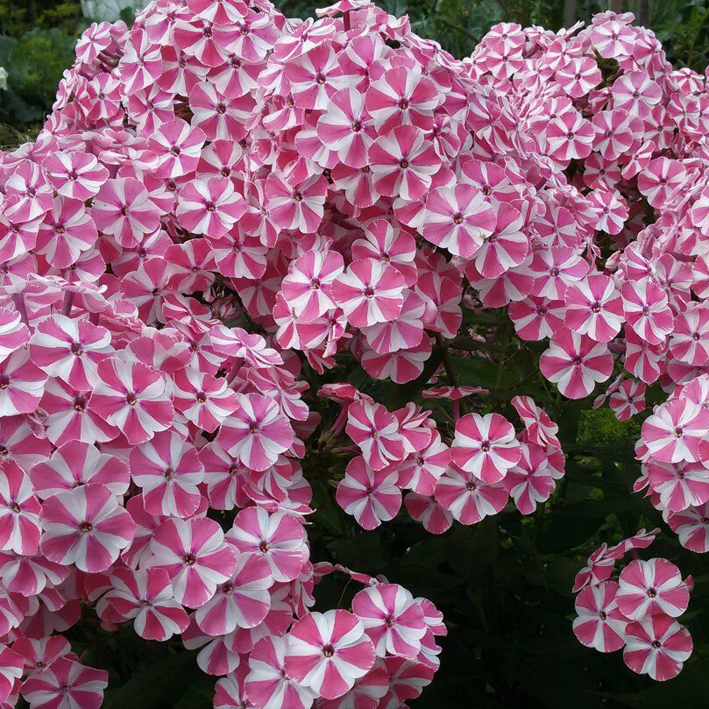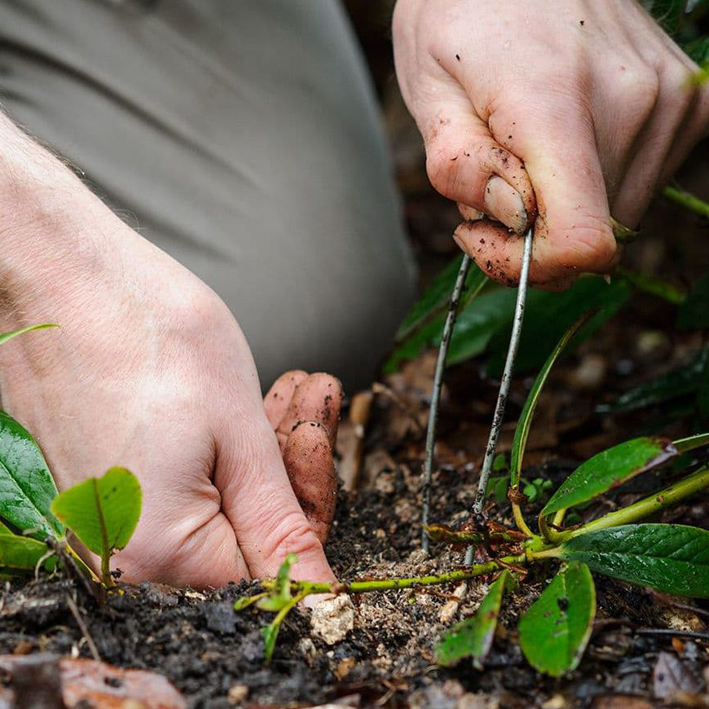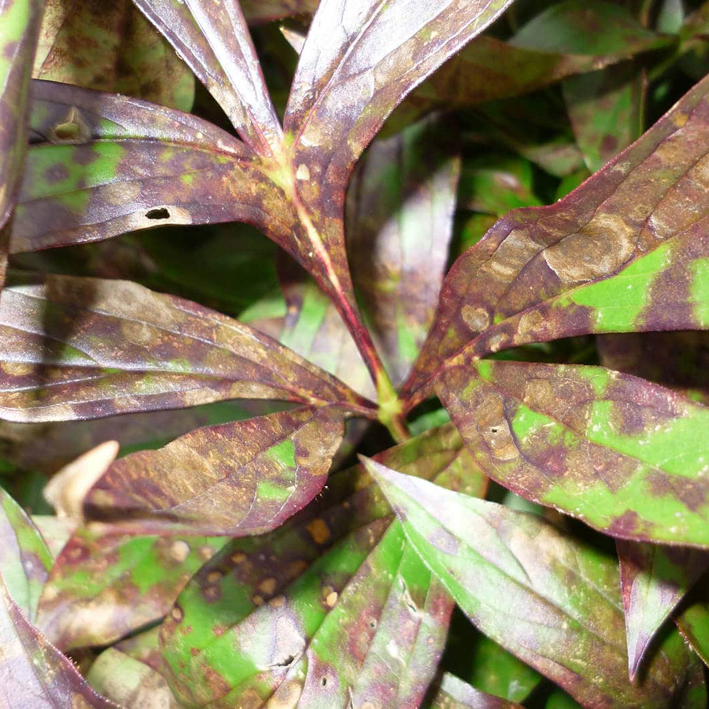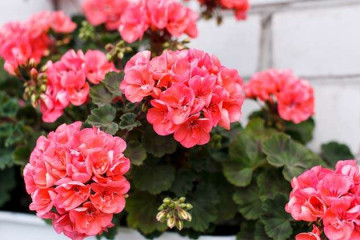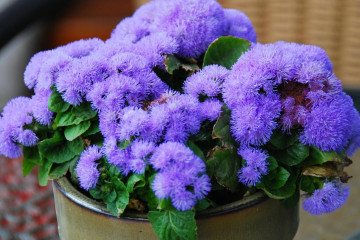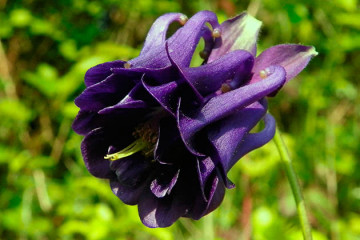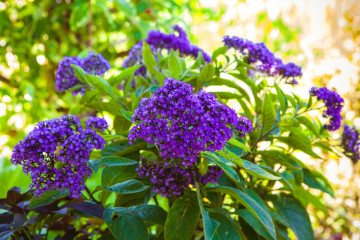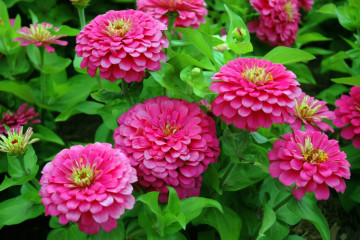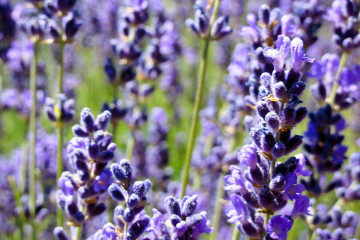Drummond phlox: growing from seed, when to plant
Content:
Phlox Drummondii (Latin name "Phlox Drummondii") got its name in honor of the traveler G. Drummond. He was the first to send the seeds of this flower to Europe. Thus, the Europeans discovered a new species of phlox.
Description of the variety
Phlox are perennial plants. It is difficult to grow them in rock gardens, along curbs and in ridges because of their high growth. Large-flowered shrub, one year old, reaches 50 cm in height. Inflorescences are presented in the form of umbrellas with a diameter of 2 cm. Phlox blooms from mid-summer to late autumn.
There are many varieties. They vary in shape, petals, and color. Below are the most popular varieties:
- Buttons are two-color phlox with white eyes in the center. Reaches 20 cm in height. Resistant to hot climates;
- The Milky Way and Star Lace are virtually indistinguishable. The main feature is the star-shaped inflorescences;
- Chanel and Strawberry with Cream are a mix of varieties that have lush double flowers;
- Tetra Riesen and Grandiflora are hybrid varieties. Resistant to cold weather. They have a large number of colors and tones: from white to pastel and salmon.
Growing phlox drummond
Growing Drummond phlox begins with choosing the right place. The annual is adapted to heat and drought. Perennials are not recommended to be planted in an open area, the sun can destroy the flowers. They will also easily withstand light frosts. Frost can only destroy the petals, the bush itself will not suffer.
For cultivation, you need to prepare the soil. It should be added:
- peat;
- humus;
- humus, etc.
Sowing seeds in open ground
Drummond phlox is sown twice a year: in autumn and winter.
Autumn planting of seeds
In the absence of space on the windowsill, the seeds are planted directly into the ground. The end of September is the best time for autumn sowing.
Having made small indentations, water is poured into them. After absorption, 3-4 seeds are laid out in each well. It is necessary to plant at a distance of at least 15 cm. The planting is covered with lutrasil or spandbond. Two weeks later, the first shoots sprout. The earth is loosened and saturated with nitrogen fertilization. Remove excess shoots and weeds. After seven days, feeding is done again. The first flowers of Phlox Drummond will appear in July.
Sowing seeds before winter
In the case of a warm winter, phloxes are planted in late December - early January.
In the fall, half a bucket of black soil is left in the utility room. After a heavy snowfall, the soil is scattered into small containers and sown in three seeds each. The top is covered with a layer of snow 20 cm thick. Such a cover will protect the peace of the flowers. The first shoots will begin to sprout in April.
Seedling care
Drummond phlox seedlings are grown at a temperature of 18-20 ° C. The main condition is good lighting.
Watering is done as needed. The soil must be constantly moistened.
Seedlings are fertilized with mineral complexes once a month.For young shoots, half the dose is used. It is also helpful to saturate the soil with organic matter. This is an infusion of ash and liquid organic fertilizers.
When 2-3 leaves are formed on the stem, phloxes dive into separate containers. After that, they are watered abundantly and the first three days are sheltered from the sun's rays. If the seedlings have taken root, they begin to be fed with nitrogen.
A month before planting seedlings in open ground, the seedlings begin to harden.
Phlox breeding methods
Domestic perennial phlox has the ability to reproduce in different ways. Each of them is simple in its own way. Amateur flower growers choose the one that suits them according to certain properties.
Reproduction by dividing the bush
Due to the fact that phlox are perennial plants, up to 30 divisions can be obtained from one bush. The best time for this is late April - early May.
The bush is completely dug out, the rhizome is shaken off from excess soil and the division of shoots and rhizomes begins. Ready shoots with a bud and root system are planted in the ground and watered abundantly.
Cuttings from stems
Propagation by cuttings is carried out both in the ground and in pots and boxes. The best time for the procedure is late May - early June. The probability of cuttings germination is 90%.
A healthy stem is cut in two with a knife. Each part is a stalk. Both cuttings should have two knots. Moreover, they should be at the end and at the beginning of the cutting. On the lower part, the leaves are completely cut off, leaving grooves. At the top, they are removed in half. Prepared cuttings must be planted in a pre-prepared bed with loose and moist soil. The shade is the best place for young cuttings. They quickly take root over several days.
Seedling method of growing phlox
The seedling method is mainly used by experienced growers. The best time for her is mid-March. To grow seedlings, it is necessary to sow phlox seeds. Seven days later, the first shoots can be observed.
Seeds are immersed in holes dug at a distance of 15 cm, 3-4 pieces each, buried and watered abundantly. If necessary, the beds can be covered with awnings. After a week, a new annual will begin to emerge from the ground.
Reproduction by layering
In this case, the method does not require frequent transplants. Uterine bushes at the beginning of summer begin to huddle and water regularly. As a result, layering and new roots are formed from old shoots. By August, they are cut off and transplanted to a new place along with the roots.
Care features
Moderate watering is considered the main rule in care. Phloxes do not like sunlight, so you should grow them in a shady place. Watering basically requires 2 watering cans per bush.
Shelter for the winter
Phloxes must be covered for the winter. Before the onset of the first frosts, the bushes are covered with mulch with a layer of 10 cm. This material will not only protect from cold weather, but also serve as an excellent fertilizer.
To cover the Drummond phlox for the winter, sprinkle the ground with a layer of humus 10 cm thick. You can also use peat or compost. Next, the mulch is covered with large spruce branches.
Watering and feeding
Watering in the hot season is done once a day, in the cool season - once every 2-3 days. It is necessary to monitor the condition of the soil, as the increased moisture will kill the plant.
Flower feeding is applied three times a year. The first is done in the spring: nitrogen is scattered over the surface of the earth. Melt water, flowing down along with fertilizers, will nourish the roots. A mixture of phosphorus and potassium is also used for feeding.
The second is produced at the beginning of July according to a similar scheme, only instead of melt water, ordinary water is used. The third feeding is carried out at the beginning of September. Ash works well for fertilization.
Diseases and pests typical for phlox Drummond
The most common disease of all phlox is powdery mildew. She attacks in the middle of summer. It starts on the lower leaves and rises further. By spring, during the rains, it increases in size and leads to the drying out of the leaves, and then the inflorescences. The best way to control powdery mildew is wood ash. The bush is cleaned of diseased leaves and inflorescences, washed thoroughly, and then powdered with ash.
There is another way - to use preparations from a healthy garden, agravertin, phytosporin, etc.
To protect against pests, it is necessary to weed the weed beds more often. Top dressing also helps prevent pests.
Thus, Drummond phlox is an excellent specimen for growing in a personal plot. There will be no problems with it if you provide the required conditions. In response, he will thank him with his lush flowering.
